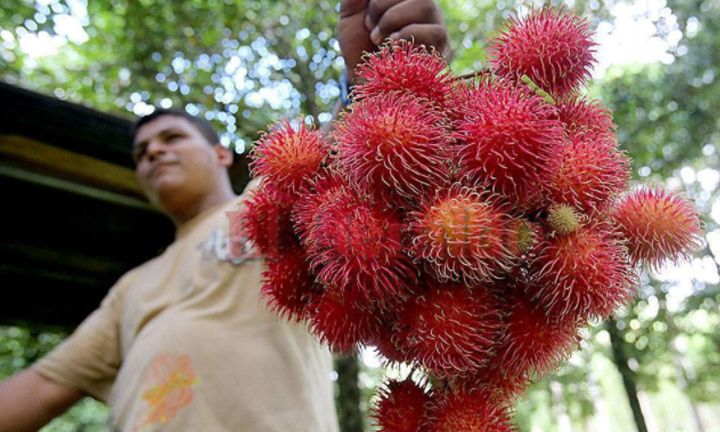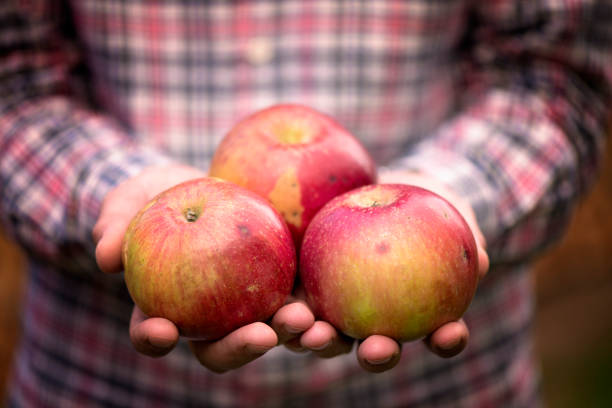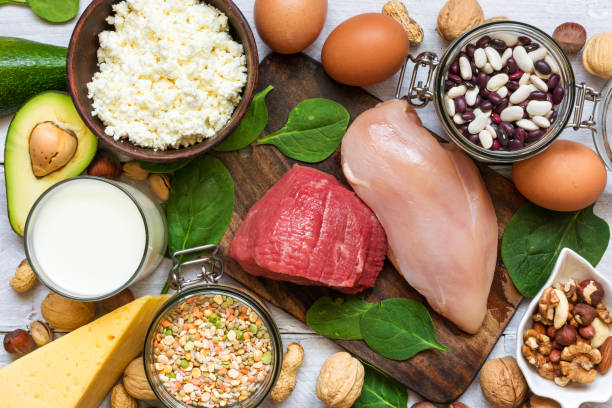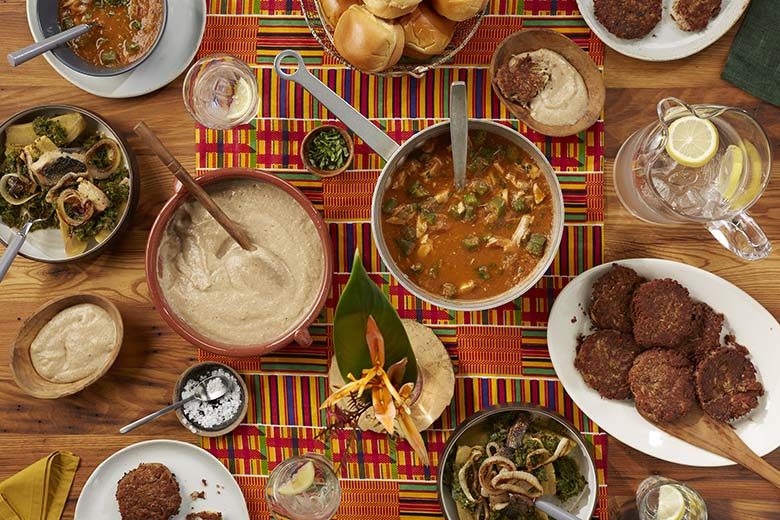Introduction: The Rich Culinary Traditions of Honduras
Honduras is a country in Central America that is known for its rich cultural heritage and vibrant cuisine. Honduran food is a blend of indigenous, African, and Spanish influences that has been evolving for generations. The country is blessed with a diverse range of fruits and vegetables that are used in its traditional dishes, making Honduran cuisine unique and flavorful.
The Abundance of Fruits and Vegetables in Honduran Cuisine
Honduran cuisine is characterized by its use of fresh, locally-sourced ingredients. Fruits and vegetables play a fundamental role in Honduran dishes, as they are used to add color, flavor, and texture to meals. The country’s tropical climate and fertile land provide an abundance of produce all year round. This has allowed Honduran cuisine to incorporate a rich variety of fruits and vegetables that are used in different ways in its traditional dishes.
Unique Fruits Found in Honduran Cuisine
Honduran cuisine is home to several unique fruits that are not commonly found in other cuisines. One such fruit is the mamey, a sweet and creamy fruit that is used in smoothies, ice cream, and desserts. The jocote is another fruit that is used in Honduran cuisine. It is a small, tart fruit that is often pickled or used in sauces. The nance is a small, yellow fruit with a sour taste that is used in drinks, jams, and candies.
Exotic Vegetables Used in Honduran Dishes
Honduran cuisine also makes use of several exotic vegetables that are not commonly found in other cuisines. One such vegetable is the chayote, a green, pear-shaped fruit that is used in soups, stews, and salads. The yucca root is another vegetable that is widely used in Honduran cuisine. It is a starchy root vegetable that is boiled, fried, or mashed and used in a variety of dishes. The malanga is another vegetable that is used in Honduran cuisine. It is a root vegetable that is similar to yucca and is used in soups and stews.
The Role of Fruits and Vegetables in Honduran Cuisine
Fruits and vegetables play an important role in Honduran cuisine. They add color, flavor, and texture to meals and are often used as a garnish or as a side dish. Fruits are also used in drinks, desserts, and snacks. Vegetables are used in soups, stews, and salads, and are often the main ingredient in vegetarian dishes.
Conclusion: Exploring the Diversity of Honduran Food
Honduran cuisine is a reflection of the country’s cultural heritage and its natural resources. The use of fresh, locally-sourced ingredients and a wide variety of fruits and vegetables make Honduran cuisine unique and flavorful. Exploring the diverse range of fruits and vegetables used in Honduran cuisine is a great way to appreciate the country’s rich culinary traditions.











